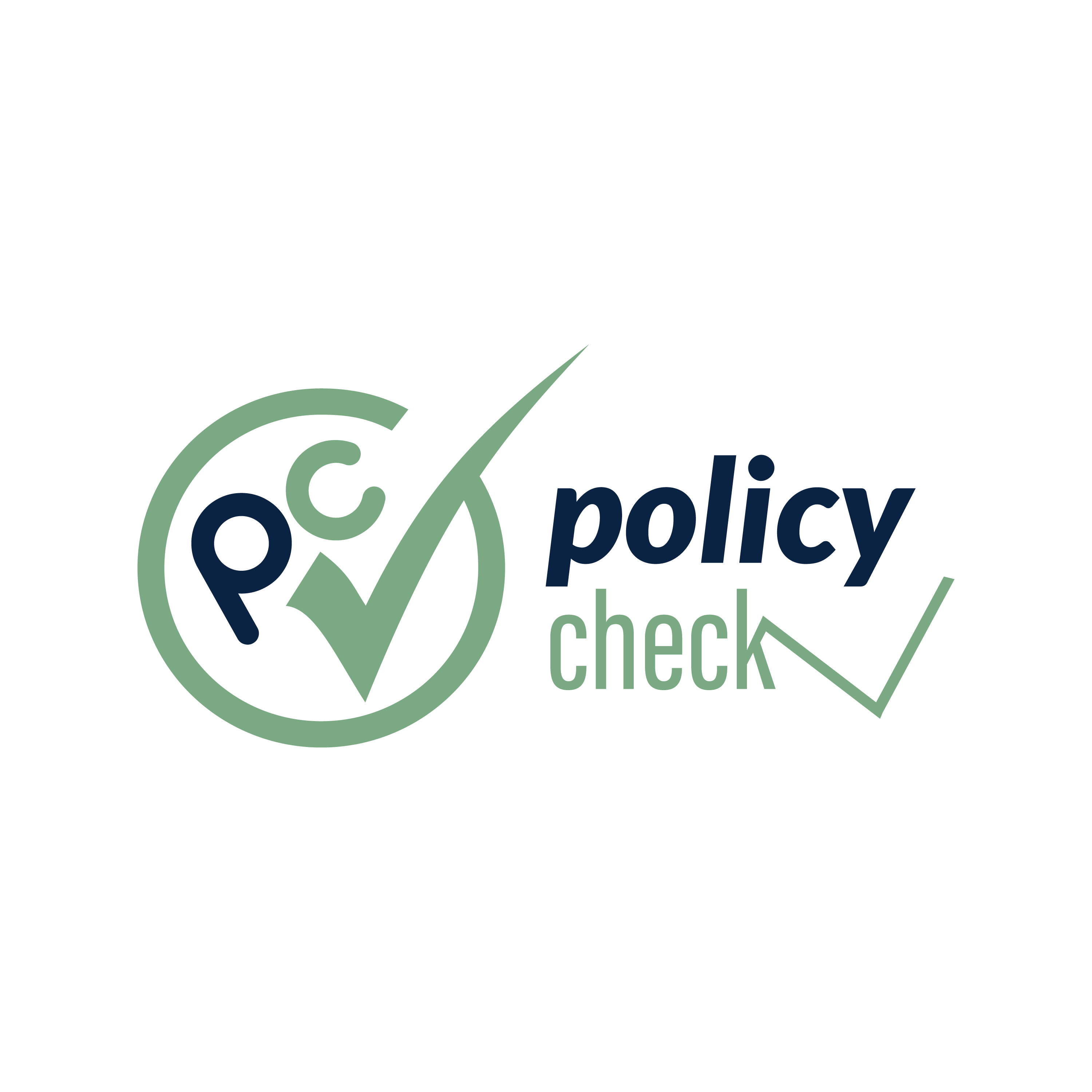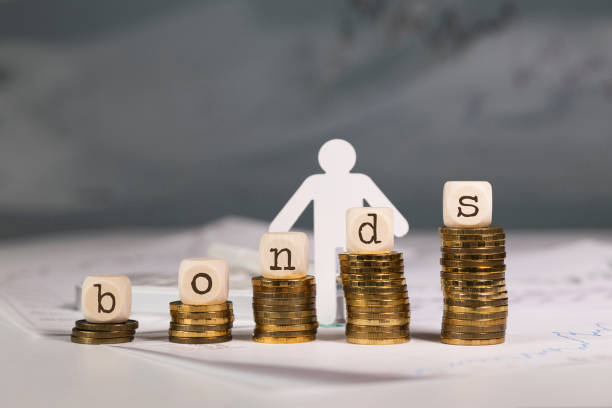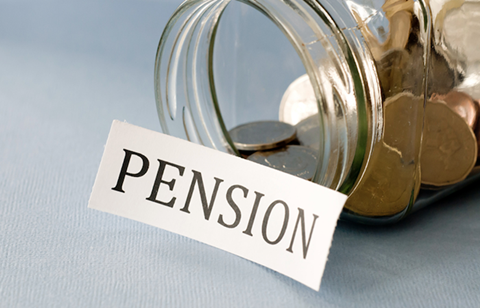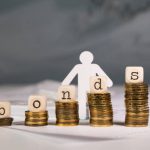Introduction
How are drawdown pensions performing? ok, first know that a Drawdown pension is a type of retirement, which enables pensioners to take part of or all of their pension fund at specified intervals instead of acquiring an annuity. This more voluntary or least structured approach gives retirees the chance to manage their income better. The term used for the withdrawal of the fund implicitly through time is known as drawdown or in simple terms a withdrawal of the pension fund over time.
What’s more is that it is gaining popularity among those who would like to self-direct and flexibly control the money they set up for retirement. Compared to other kinds of pensions where you have to receive payments on the fixed terms, drawdown allows receiving income or defined amounts of money during the retirement. However, this sort of flexibility demands a lot of discipline in ensuring that you do not exhaust your retirement kitty before you even get there.
Table of Contents
This guide outlines the fundamental aspects of pension drawdown here England and indeed several other countries across the globe.
Pension drawdown refers to an investment where pension owners are permitted to have their pension fund continuously invested and receive a part of it annually. To understand pension drawdown you keep your pension funds invested in a blog rather than using it to buy the guaranteed income such as an annuity.
The level of which depends on certain parameters such as the plan holder’s age, the value of accumulated pension fund, and performance of the investment in the stock market. In general, people can take 25 % of it in cash free of tax while the balance 75% remains tax-free only up to the level they actually withdraw at some later date. Where the money is not withdrawn, growth is possible, but so too is the fluctuation of the markets. Hence, getting acquainted with the pension drawdown meaning and how this process works is somewhat obligatory for individuals preparing for retirement.
How Drawdown Pensions Work
In draw down pension type of retirement investment, more freedom is given to the holder of the retirement cash as compared to other forms of investment like annuities. They stay in an investment account so they can still earn more, or less, depending on the market fluctuation. The pension holder can take an amount in cash as a pension, as a one-off payment or as both. Drawdown pensions have flexible features which help to make it one of the most preferred type of pensions among most individuals.
Nevertheless, it has to be point out that peculiarities of the investments’ performance may influence the amount of money available for making withdrawals. In a drawdown scheme; contributions stay invested in a pool of funds such as stocks, bonds or property that may gain or deplete in value. Probably the people have to act proactively about the investment, maybe consult with a financial expert about a long-term steady revenue.
Recent Years Trend of Performances
Since then pension drawdown performance has swung and bucked with the trend in global economies and the stock markets. Before, pension funds socialized their pensioners through fixed-income product portfolio; however, with low-interest rate and credit risk environment uncertainties, the drawdown pension product has more return potential. However, it should be emphasized that the results reached by pension drawdowns can be influenced by the chosen investment significantly.
For example, during years of market upturn, the drawdown pensions are able to yield very good results offering retirees higher income during their sunset years. Though, this also has its setbacks especially when the cash value of good in the market erodes, thus dragging down the pension. Benchmarking past performances to the present to future is crucial in decision-making concerning pension withdrawals and a way of anticipating future performance variations.
Drawdown pension Performance and its Determinants
There are several factors influences the performance of drawdown pensions includes the following. This include market performance, inflation, withdrawal rates and asset allocation. An upturn or a downturn in the market will invariably reduce or enhance the worth of the pension fund in dispute. The risks of the market are related to the fluctuations of the returns; the higher the market risk of the alternatives, the higher may be the corresponding fluctuations in the returns.
The other important factor is inflation. Only be aware that if inflation goes up, the amount you get in your hand when you take the pensions can reduce, though the pension pot balance remains the same. This is all because the distribution of money into various forms of investment such as stocks, bonds, cash and many others has a big impact. The derive portfolio shall also help reduce risks and possibly give better returns, compared to concentrating in a few stocks. Furthermore, the withdrawal rate has a very important function. Withdrawing too much in the early years can avert the danger of the pot being used up before it has been filled.
Economic Cost and Its Effects on the Pension Fund Increase
By far the most significant influence on the size of pension pots is economics, particularly for those funded through drawdown methods. The general business climate factors such as interest rates, inflation, and stock markets performance a can impact a pension. Because pension funds by their very nature do not tend to rely on traditional savings techniques very aggressively when interest rates are low and they have been low for a number of years.
Meanwhile, stock market returns flip the pension fund fortunes for the better where investors with highest exposure within the equities bracket. Nevertheless, global financial crises, recent recessions, and market crashes or slowdowns also lower the valuation of a pension pot and make it harder to build enough income. That is why it is critical to monitor changes to the overall economy and adapt pension financing to such shifts with the goal of protecting against them.
Addressing Risk Management Focus in Drawdown Pensions
For this reason, drawdown pensions are flexible but doing so also entails associated risks including; Market Risk, Longevity risk and Withdrawal risk. It is important that you be able to properly mange these risks in a bid to innure that your pension income does not have overly aggressive fluctuations. Market risk means that your pension could lose value because assets have been invested in directly and indirectly and market factors cause the value of pot to go down. Longevity risk therefore arises where pension funds are drawn down from without proper consideration of a person’s life expectancy.
This is the risk whereby you withdraw so much from your pension that you almost exhaust your fund before the expected time. To mitigate these risks, one need to periodically revisit his/her drawdown plan, rebalance his/her investment plan and seek the services of a qualified financial planner. Minimizing such risks is possible through diversification of investment sources, selection of proper spending rates, and setting of barriers to funds for other uncertainties.
Looking at Draw down and Annuity Choices
Most people when thinking of retirement income alternatives are usually in a dilemma of between either having draw down pensions or annuities. Annuity ensures that the buyer receives a standard amount of money for the rest of the life which is very secure but not flexible. In fact, once one buys an annuity, it’s final and they cannot liquify their sum or adjust the amount of income that they receive.
However, in drawdown pensions you have so much freedom: you may change your withdrawal and how you deal with the investments. But these hybrids have greater risks, including fluctuating markets and lack of enough funds to execute projects all the way. A decision between drawdown and annuity depends on whether one wants a guaranteed income for life with fixing monthly payments or the possibility of using money when needed, working capacity and vital expectancy and, of course, tendencies to risk.
Ways of Unlocking the Drawdowns
When it comes managing your drawdown pension, it is crucial to ensure that you take maximum risk for the maximum return while receiving sustainable income for the rest of your life. The first one is to avoid risking the pension money all at once through diversification of the pension investment across the different classes of investment.
The other common approach is dynamic withdrawal policy which sees you withdraw less frequently based on your pension pot’s performance. When the value increase so also does the amount you can afford to withdraw or if the value decreases then withdrawals have to be minimized to maintain the fund. This why it is important to review your pension periodically and, in this light, seek professional advice to keep abreast with your retirement plan. This has to do with avoiding high fees and charges linked to pension drawdowns to help increase overall performance.
Drawing Pensions: Forecasting for the Future
In the future, the drawdown pensions should remain to be popular since more pension holders look for flexible methods of earning income. The changes that have occured in the economical environment coupled with the tendency towards longer life expectancy imply that more and more investors will seek to actively manage the retirement funds.
Still, drawdown pensions might also depend on factors such as availability of tax and investment policies, as well as pension legislations in the specified economic environment in the future. Some of the pensions are drawn down, and there could be better technologies which could help people to better manage those pensions and have better tools to use when drawdown pensions are being used. This means that it is important to monitor the likelihood of the pensions rules changing in the future and be prepared for this eventualities .
The Mistakes That You Should Avoid When Preparing to Scale Down
However, there are a number of drawdown pension pitfalls that must be avoided by any persons intending to use such products. Another major one is underestimating of withdrawal rates. Cashing in too much of your nest egg in the beginning results in your pension fund being reduced much earlier than when you intended to live on the Pension income. The other weakness is that investors do not diversify their investments.
Investing in one particular type of investment, like stock, that could lead to unnecessary risks to your money. Still, forgetting to change the withdrawal levels relative to the market situation or life events is also possible. Finally, lack of professional advice implies that a lot of money can be lost. Pensions are not exactly simple and thus considering seeking the help of a financial advisor is usually advisable when planning to manage pension drawdown.
When it comes to pension drawdown, the advisors’ responsibilities
Pension drawdown plans are efficiently managed by financial advisors in their course. They enable people to make sound decisions concerning investment, withdrawal and risk taking. An experienced financial planner can help develop a plan that fits the particular client’s wishes, capacities for risk, and retirement expectations.
They also give you some understanding of how you can change your plan depending on changes in the market or your life circumstances. Selecting the right advisor, who appreciates the challenges involved in pension drawdown they can make the difference in the retiree’s quality of his or her retirement experience and the duration of the pension.
Conclusion: Is Pension Drawdown Right for You?
Pension drawdown is an effective and relatively lucrative approach to the regime of retirement savings. However, much more important is that you should plan that money and its management, as well as always keep an eye on potential risks which might endanger your pension fund in the years you will have to spend in retirement.
Drawdown pension is a good option for you especially if you feel comfortable about making investment decisions and the risks involving. On the other hand, if you want a guarantee of your income during the retirement period, an annuity is more suitable for you. Of course the decision significantly depends on certain factors including personal circumstances, specific goals and risk tolerance level. You should consult your financial advisor in order to make the right decision on the future of your retirement.
FAQs
What is a drawdown pension? A drawdown pension is an option whereby instead of buying an annuity you can take the money for your pension pot in bits when you need it. The funds are carried forward, and you have the flexibility to decide how much could be withdrawn.
What is it about pensions, particularly the drawdown pension?
In drawdown pension, the funds actually remain invested and you can take a specific amount of cash either as a pension lump sum or as pension payout. You are an investor and you take time to ensure that your portfolio is worth the value you want to retire with.
What is the disadvantage of a drawdown pension?
Having drawdown pensions also implies some general risks, namely that of safeguarding pension funds against market fluctuations, outliving the pension fund, and picking the wrong option and withdrawing too much pension at a certain time.
What can I do to have the best returns of my drawdown pension?
Invest in a wide range of assets, check your pension frequently, use some rules to determine when to withdraw your cash, and consult with a financial expert to increase efficiency.
Considering the above reasons, that leads to the question, is a drawdown pension right for me?
If you want freedom and can handle the risks associated with investment, draw down pension will work. However, if you want to make certain of your income after retirement then it would be advisable to go for an annuity.







